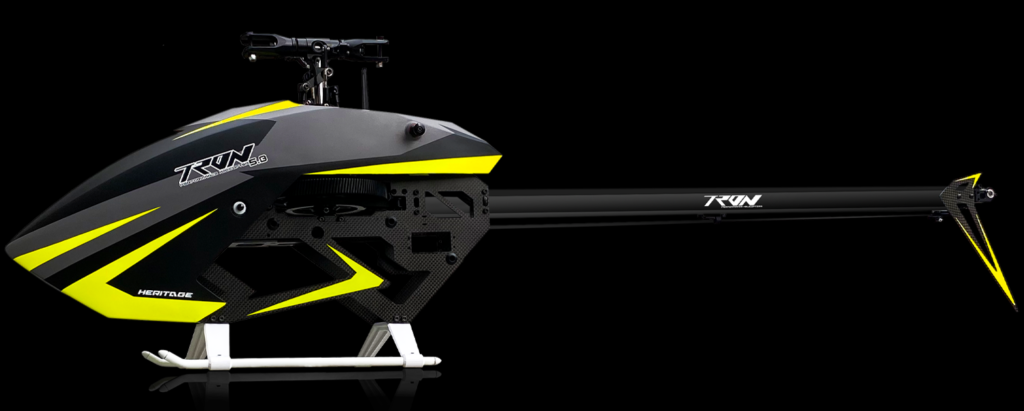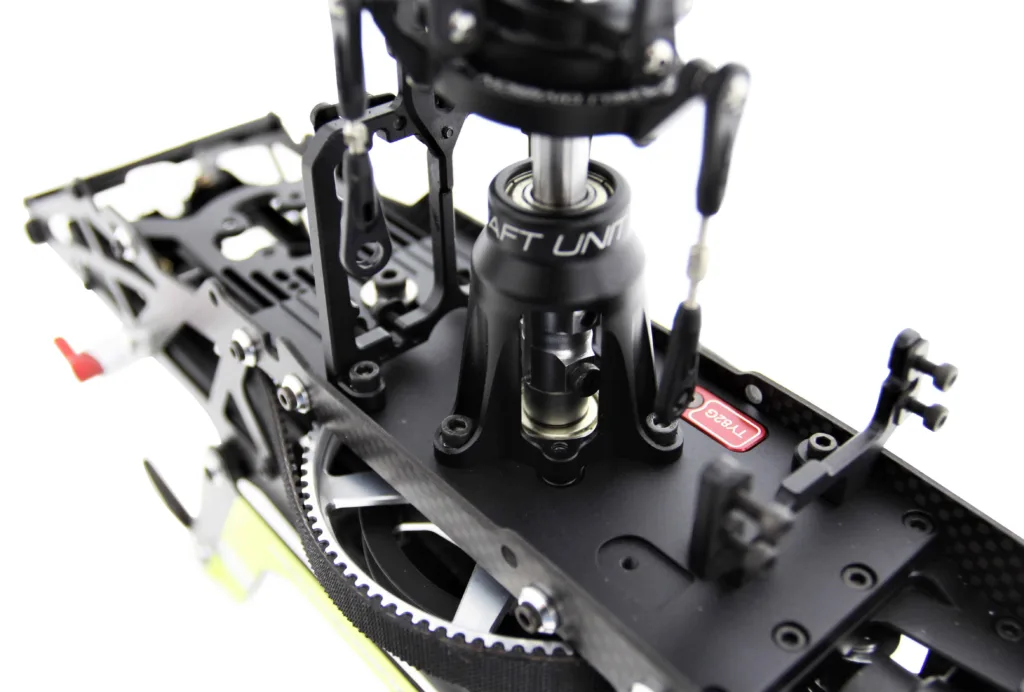You never know what you can do until you try, and very few try unless they have to.
— C.S. Lewis
We keep moving forward, opening new doors, and doing new things, because we’re curious and curiosity keeps leading us down new paths.
— Walt Disney

Why Bother?
The Community
If we put flying RC helicopters to one side for a moment, one of the best things about the sport of RC helicopters is the community that surrounds it. RC helicopters have been around in one form or another for decades, so too have many of the people that drive the sport. We estimate there are somewhere between 3000-5000 people that actively go out each weekend to the 800ish clubs throughout the UK and fly RC helicopters.
There is an immense level of knowledge and expertise within the community, but more importantly, there is an almost universal mantra throughout the community to share and impart that knowledge and expertise with all who are interested. People are generally welcoming and will always make time to help others.
A final word on the people, there are no typical or stereo typical profiles or demographics within the community (aside from being predominatley male). RC helicopters have a broad appeal to a broad and diverse range of people. It is not uncommon to find club members from engineering, aviation, military, and or technical backgrounds and occupations. Equally you will find young and old, professional and none professionals alike, all united by a common interest.
Everyone is welcome.
The Helicopters
Helicopters radio controlled or otherwise are wonderous machines. The amount of technology and R&D that has gone into these aircraft is staggering. Anybody with an interest or admiration for engineering, electronics, technology, or aviation cannot fail to fall in love with RC helicopters. The ready to fly (RTF) models that are the recommended starting point for the novice pilot will introduce people to the basic concepts needed to progress. When you move beyond the RTF models, you then move to models that will require building from a kit.

The larger more capable and sophisticated helicopters require a much higher degree of engineering and accuracy to produce. Individual components move from being plastic to CNC engineered metals and carbon fibre. Engineering tolerances are massively reduced as the aircraft’s performance demands it so. The speed, torque and sheer power delivered dictate a heightened level of finesse and quality. Building an RC helicopter from a kit is an immensely satisfying process for most people. The build process is both challenging, educational, and full of subject areas to learn more and expand upon, and that’s just the mechanical side.
The end result of your first helicopter build will no doubt be something you will be extremely proud of, especially when you see your now beloved heli leave the safety of the ground and take to the skies for its maiden flight. Maidens as they are known are also a nerve racking and intense first few minutes, but that’s a whole other subject for another day.
The key point here is that the small indoor RTF models really are the tip of a very large iceberg. This is important because it means the hobby has the depth and sophistication to captivate and intrigue the mind indefinitely. A helicopter can be as simple or complex as you want to make it. Buy an RTF helicopter for a bit of fun at weekends, or immerse yourself in the many individual engineering and technology areas that allow these amazing machines to do what they do.

The Flying
And finally, the icing on the cake, let’s talk about the flying.
Let’s be crystal clear about one thing that all can agree, learning to fly a helicopter is an incredibly difficult thing to do. Learning to fly a radio controlled helicopter is even more difficult.
Let’s imagine you have an RC helicopter on the ground in front of you, spooling up, and ready to take off. Anxiety levels are rising, sweat is beginning to emerge, synapses starting to glow. Once airborne and with the tail facing the pilot, a left input makes the helicopter drift left, a right input makes the helicopter drift to the right. Now let’s spin the helicopter 180 on its central axis by putting a tail input in, all done whilst simultaneously making constant adjustments to the cyclic control to attempt to hold a consistent altitude. A left input now makes the helicopter drift to the right, a right input now makes the helicopter drift to the left and with this, we are only scratching the surface.
Much like riding a bike or driving a car, repetition and practice builds muscle memory and before too long, basic flight is mastered and can be performed almost subconsciously. With further practice to master controlled oval and figure of eight circuits flying in both directions, now you can begin your basic acrobatics training. All this will take the average person 6 months to a year to master and will require lots of practice of both real flight backed up with time on an RC helicopter simulator.
The level of practice required to fly the 3D style of acrobatics is immense. The helicopter will start to feel like an extension of yourself, one without limitation.
Once you start to make progress with your flying, and just about everyone does (some take longer than others), you will feel an immense level of satisfaction. Not only have you began to master something that most people cannot even imagine, but also something that at first, you probably didn’t think you were capable of either, and there in is why you should bother.
If you like the images above please check out the manurfacturer SAB. If you are wondering where to begin, please visit our learn to fly section.
